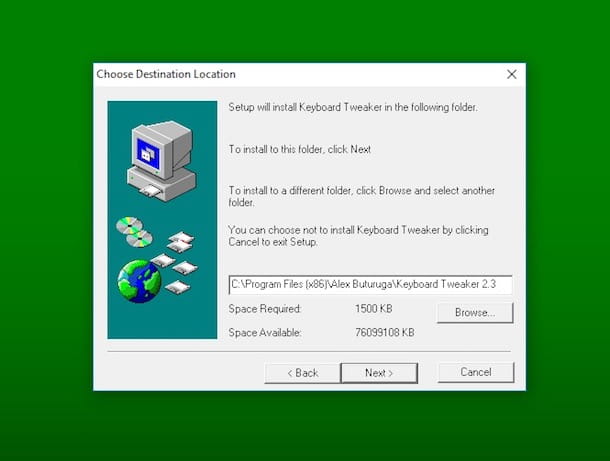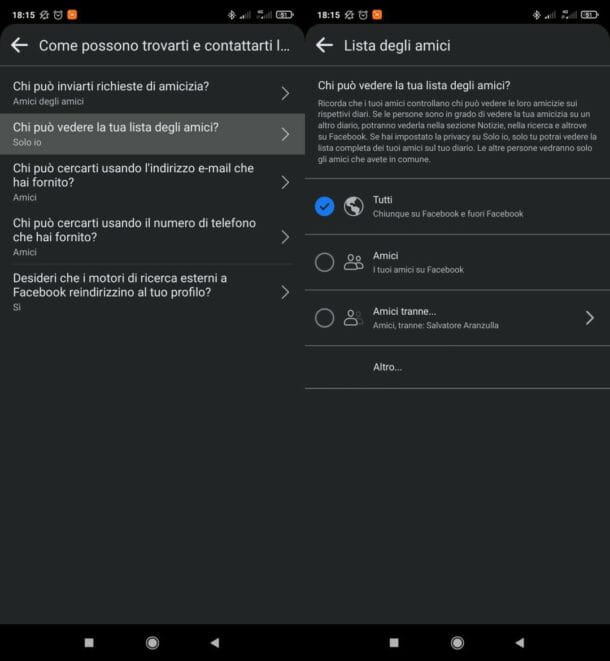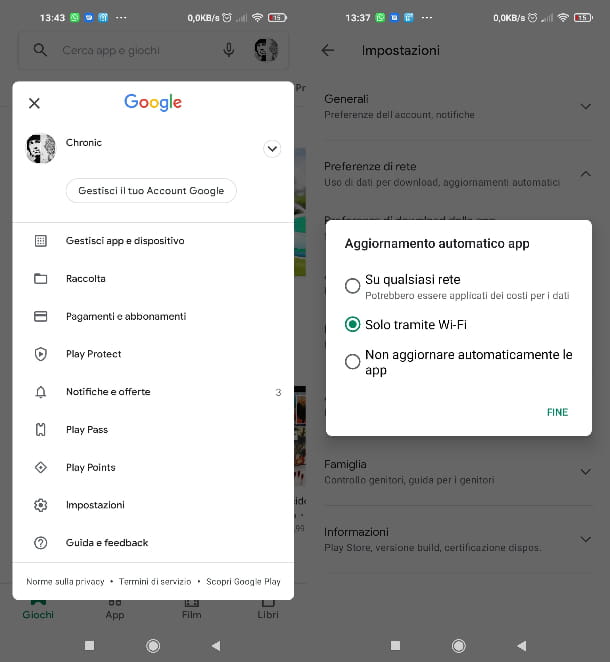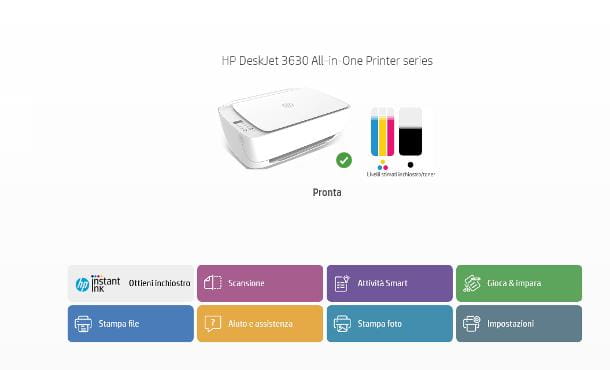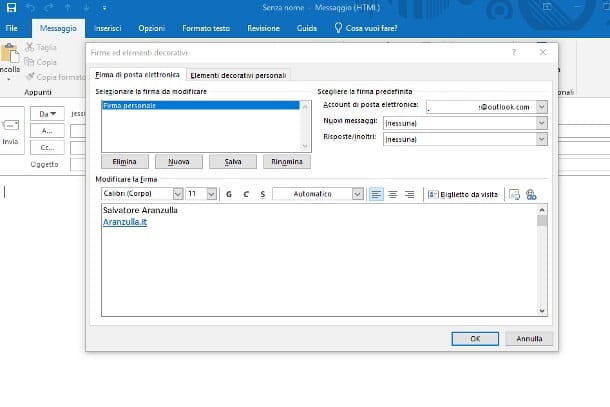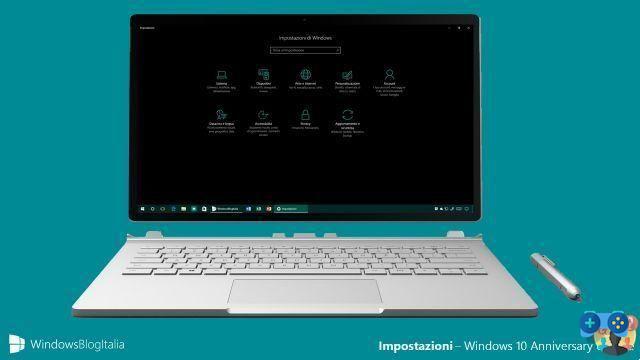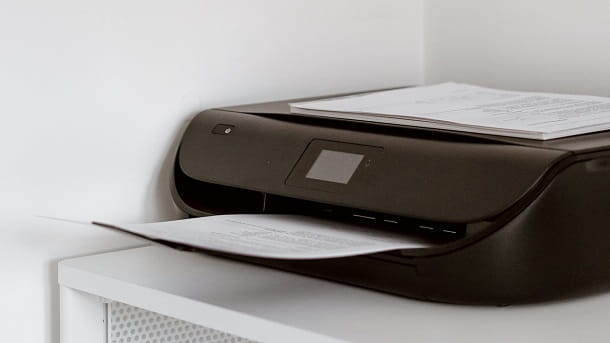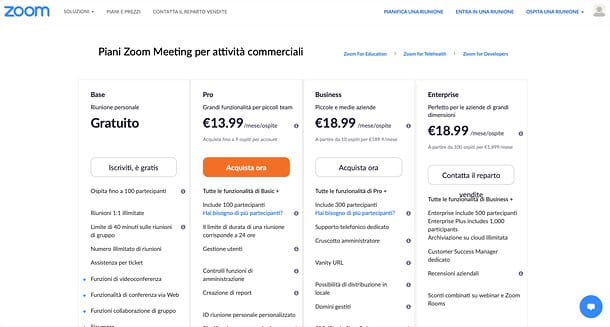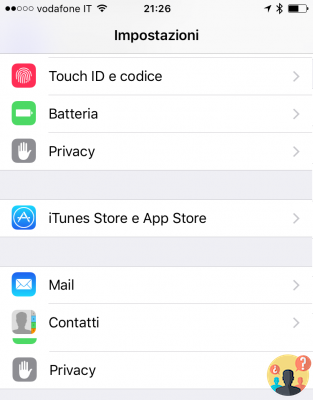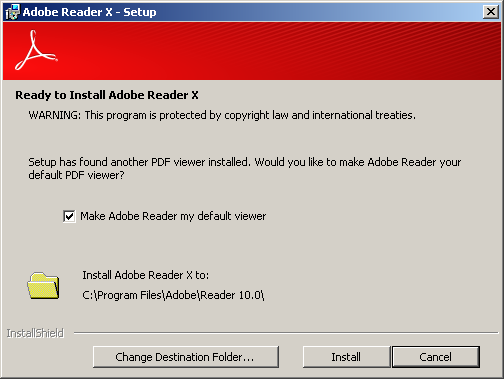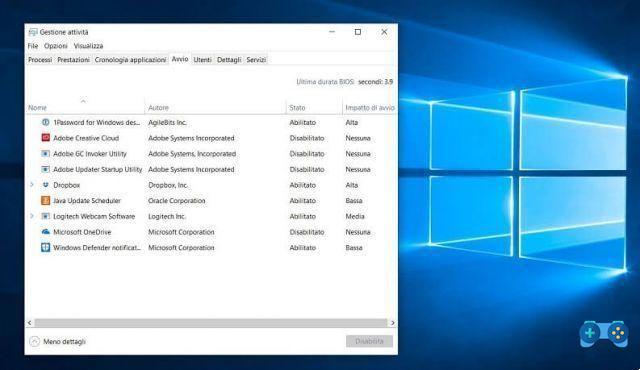
Original article: https://www.Soultricks.org/news/how-to-change-startup-program-in-windows-7-8-and-10/
Startup programs run automatically when a system is started. It's a good practice for programs we use frequently, which saves you the stress of searching for them and sometimes configuring them manually.
For some programs this is a default feature upon installation.
But too many programs when starting the operating system can slow down your pc. This has a negative effect especially on systems with little capacity or less computing power.
In this article, you will learn how to open the apps control panel at startup and how to enable and disable them to run at startup and finally, how to add a program to run at startup in Windows 7, 8 and 10.
In each of these versions of Windows, there is a Startup Programs control panel that displays a list of applications that can be run automatically when the system starts up. These applications are enabled or disabled.
Let's see how to carry out the procedure for each version of Windows.
In Windows 7
Open Apps Control Panel on startup
Open the Windows Start Menu and type "msconfig". By pressing enter, the system configuration console will open. Click on the tab "Start" which will show you some programs that you can enable or disable to run automatically.
Enable/Disable an app on startup
The checkbox next to the application indicates its status. If selected, it enables the app, otherwise it disables it.
To disable an enabled app, simply uncheck the checkbox and click "OK".
To enable a disabled app, check the box and click "OK".
These two processes require a system restart for the changes made to take effect.
Pin an app to startup
To add an app, you need to explore the "Startup" folder. To do this, try one of these methods:
- Open the Start menu and type "Startup". Once you find the folder, right-click and select "Explore" to open it.
- Open the Start menu, select "All Programs" and scroll down the list to the "Startup" folder. When you find it, explore the folder.
Create a shortcut for the desired program, then copy and paste it into this folder. After that, the program will automatically be added to the panel with the "enabled" status.
In Windows 8
Open Apps Control Panel on startup
To open the panel, try one of the following methods:
- You open "Activity management" and select tab "Start"
- Open the Windows Start menu and type "Start" to search for the program. Then select one of the options provided.
Enable/Disable an app on startup
To disable an app on startup that is enabled, right-click and select "Disable".
To enable an app on startup that is disabled, right-click and select "Enable".
Pin an app to startup
Press the Win + R key combination to open the Run app. Then write % AppData% and hit enter. This will open the Roaming folder.
Go to MicrosoftWindowsMenu HomeProgrammiStart. In this folder, paste the link of the desired program. By doing so the program will be added to the programs at startup with the "enabled" status.
In Windows 10
Open Apps Control Panel on startup
- Open the Start menu, write "Startup apps" and click on one of the results.
- You open "Activity management", then select the " tabStart"
Enable/Disable an app on startup
To disable an app on startup, right click on an app with the status "Qualified"and select"Disable".
To enable an app on startup in the disabled apps list, right-click and select "Enable".
Pin an app to startup
Press Win + R keys, type in the Run app dialog "shell: startup" and hit enter.
In this folder, you can add any application that you want to run at system startup. They will be added to the apps list on startup, from which you can enable/disable them in the future.
In conclusion
If there are some applications that you always run when you start your operating system, it's a good practice to add them to the apps to run automatically on startup.
When your system becomes too slow to boot, it's probably because of the programs that run at startup. Now you know how to disable or reduce them.
Thanks for reading this article!
ADVERTISING
ADVERTISING
ADVERTISING
Dario DiCillo
Read other articles.
If you've read this far,
Learn to code for free. Soultricks' open source curriculum has helped more than 40.000 people get jobs as programmers. Start





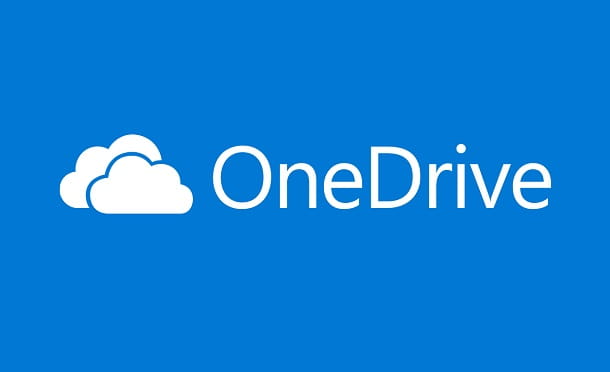
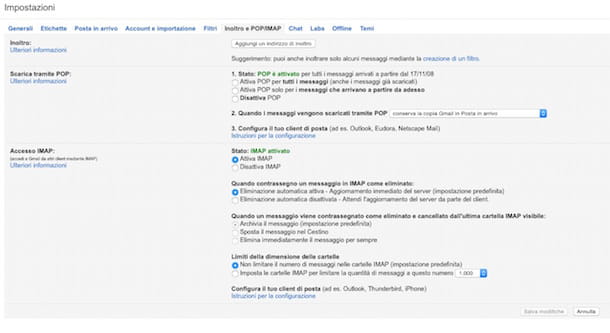
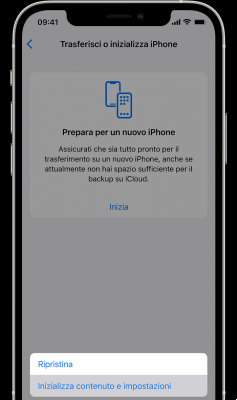
![[Solved] Android App Won't Open Problem](/images/posts/a150cb8db0eb50df4b79257485e3c04c-0.jpg)

